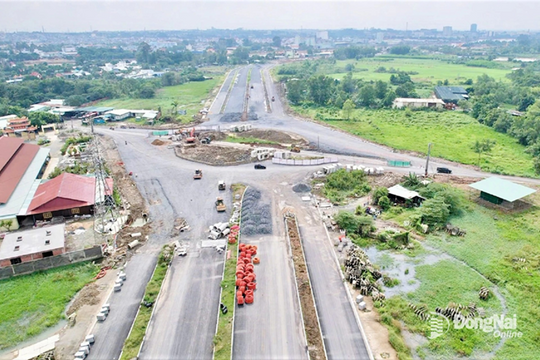Institutionalization: Bridging Theory and Practice
A resolution, no matter how strategic and well-directed, can only be effective when it is institutionalized through legal frameworks and concrete policies. This process translates high-level visions into actionable steps.
.jpg)
.jpg)
In Vietnam, Resolution 57 has introduced a series of reform measures, including institutional improvements, increased investment in R&D, and incentives for businesses to engage in innovation. However, implementation challenges remain, particularly in ensuring policy alignment across sectors and levels of government.
The Institutionalization Process of Resolution 57 in Vietnam
Successfully institutionalizing Resolution 57 requires a clear roadmap and collaboration among stakeholders.
Enhancing the Legal Framework:
Updating key legislation such as the Law on Science and Technology, the Enterprise Law, and the State Budget Law to create a more favorable environment for research and development.
Strengthening Financial Support Mechanisms:
The government plans to increase public R&D spending to 2% of GDP within the next five years.
Establishing venture capital funds and innovation funds to encourage private sector involvement in technology and research.
Developing Innovation Hubs:
Creating national innovation centers in Hanoi, Ho Chi Minh City, and Da Nang to serve as key hubs connecting scientists, businesses, and investors.
Challenges in Implementing Resolution 57
Despite progress, institutionalizing Resolution 57 still faces significant challenges:
Lack of Coordination Among Government Agencies:
Inconsistent implementation across ministries, departments, and local authorities leads to policy overlaps and inefficiencies.
Bureaucratic Barriers in Research and Funding Approvals:
Lengthy administrative procedures make it difficult for researchers and businesses to access funding quickly and efficiently.
Limited Awareness of Science and Innovation Among Businesses:
While large enterprises are beginning to invest in R&D, over 90% of small and medium enterprises (SMEs) still lack awareness of innovation’s benefits.
Solutions for Effective Institutionalization of Resolution 57
.jpg)
.jpg)
Conclusion: Turning Vision into Reality
Institutionalizing Resolution 57 is essential to bringing scientific, technological, and innovation goals into real-world application. This effort cannot be achieved by the government alone—it requires active participation from businesses, the scientific community, and society as a whole.
Only by removing barriers and ensuring policy coherence can Vietnam build a solid foundation for sustainable development and deeper global integration, ultimately achieving its goal of becoming a developed nation by 2045.


.jpg)
.jpg)




.jpg)

.png)
.png)
.png)


.png)
.png)








